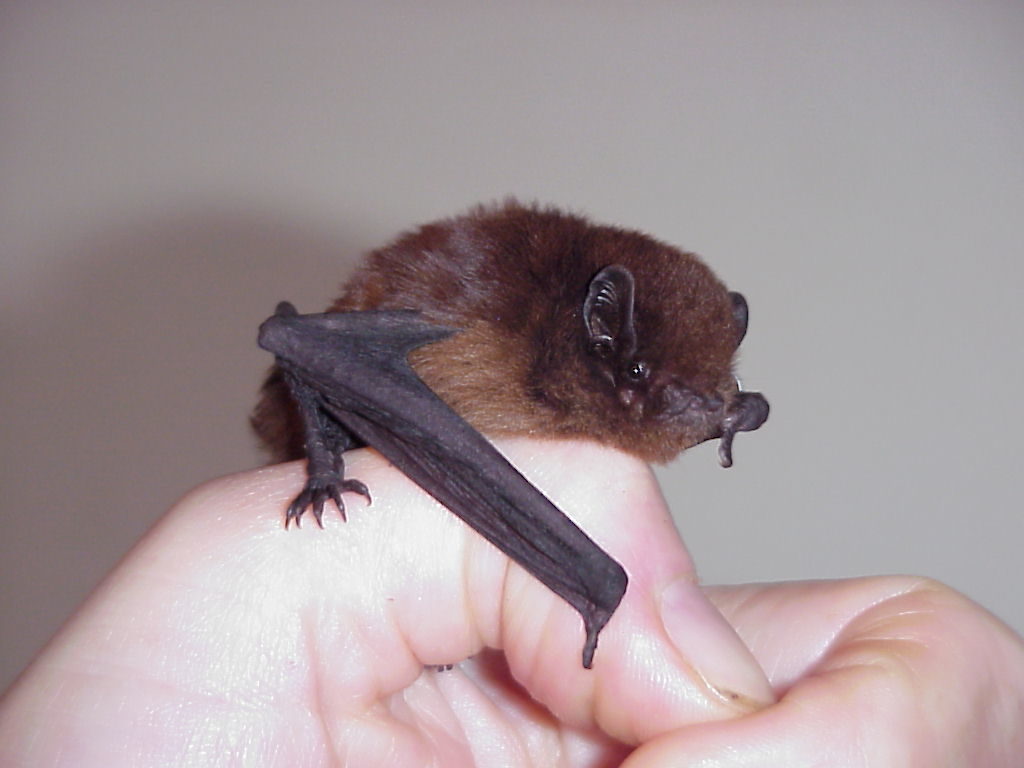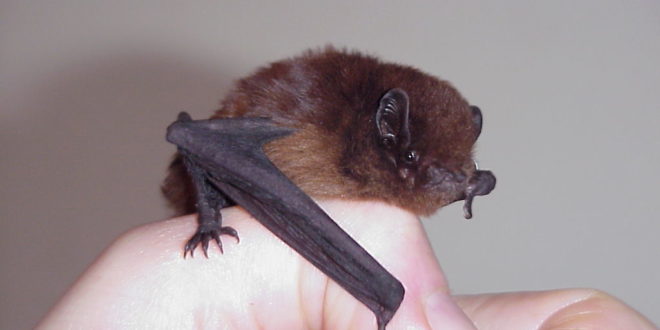‘Bats in your belfry’ has long been a derogatory reference to someone with disturbed thinking, but the real meaning of the term hails from European countries where bats frequently roost in belfries – the bell towers at the top of churches. The bats’ fluttering in and out of their tall homes en mass, just as thoughts dance in and out of troubled minds, gave rise to the unhappy saying.

Fortunately, in New Zealand, our native bats have much more attractive connotations, and believe it or not, you may actually have them on your own property – if you know where to look and how to recognise them. If you haven’t sighted these cute little creatures yet, there are ways to find them, and even to lure them into your own back yard!
New Zealand has two known living species of bat – the long-tailed and the short-tailed, and both are our only native land mammals. The little creatures weigh around only 10grams (that’s the weight of a lead pencil!), but they will happily chomp their way through 600 insects a night if they can get them (warm nights and running water help lure the likes of moths in for the kill). As the short-tailed bats zip here and there, they also do the job of pollinating many native plants, and carry sticky seeds (which cling to the bats’ fur coats) from one place to another.
So far, so good, but are these winged mammals actually in your backyard? If you live within bat-flying range of their territory (check this distribution map to find out), it’s a possibility. That’s because some of the little mammals are accomplished fliers, travelling at up to 60km per hour, and ranging over an area of 100 square kilometres.
Your chances of having bats visit your backyard are enhanced if you live close to a stream, or if you have fresh running water (or even a pond) on your property. If you live within a few kilometres of mature native forest (or even a plantation of big old pines), that’s another bonus.
What’s more, even if don’t live in an area where bats have been discovered, you may still have them visiting. The fact is, wide-spread bat research in New Zealand hasn’t been up and running for too many years, and so the search is still on for places where the animals could be hiding!
If you’re keen to find out if bats are living close to your home, or are coming onto your property, a bat detector will help you find out. These easy-to-use devices are often available for hire, or free-use, from city councils or Forest and Bird Society groups. They will welcome you as a citizen scientist who can help collect bat data for the records. In the meantime, like everyone, everywhere, you can prepare your backyard to welcome bats, and other native species, by planting appropriate native plants, trapping against predators such as possums, rats, stoats and hedgehogs, and keeping careful control of domestic pets such as cats and dogs (bats fly at night so if your cat is inside after dark, you’re helping keep the little mammals safe).
Play your part in preserving and enhancing bat-friendly environments, and you may one day spot an after-dark, winged creature you have never seen before.









Join the Discussion
Type out your comment here:
You must be logged in to post a comment.